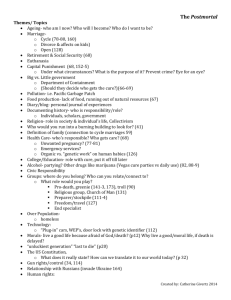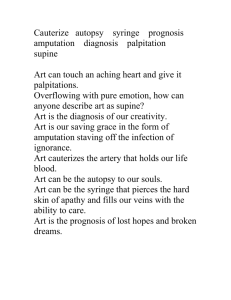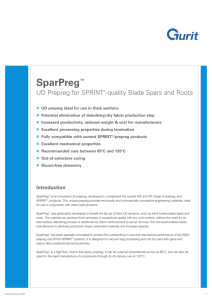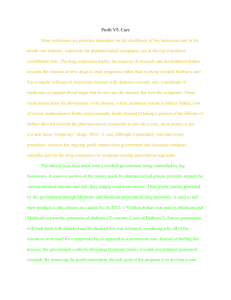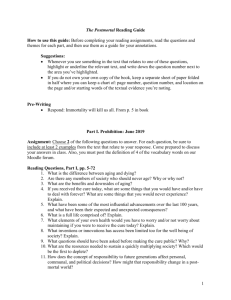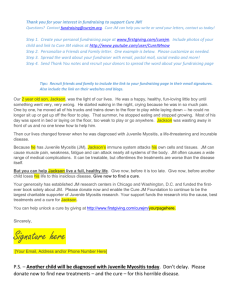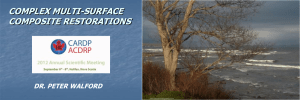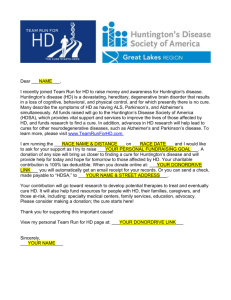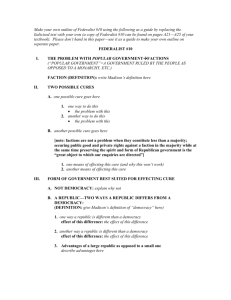SE 84LV
advertisement
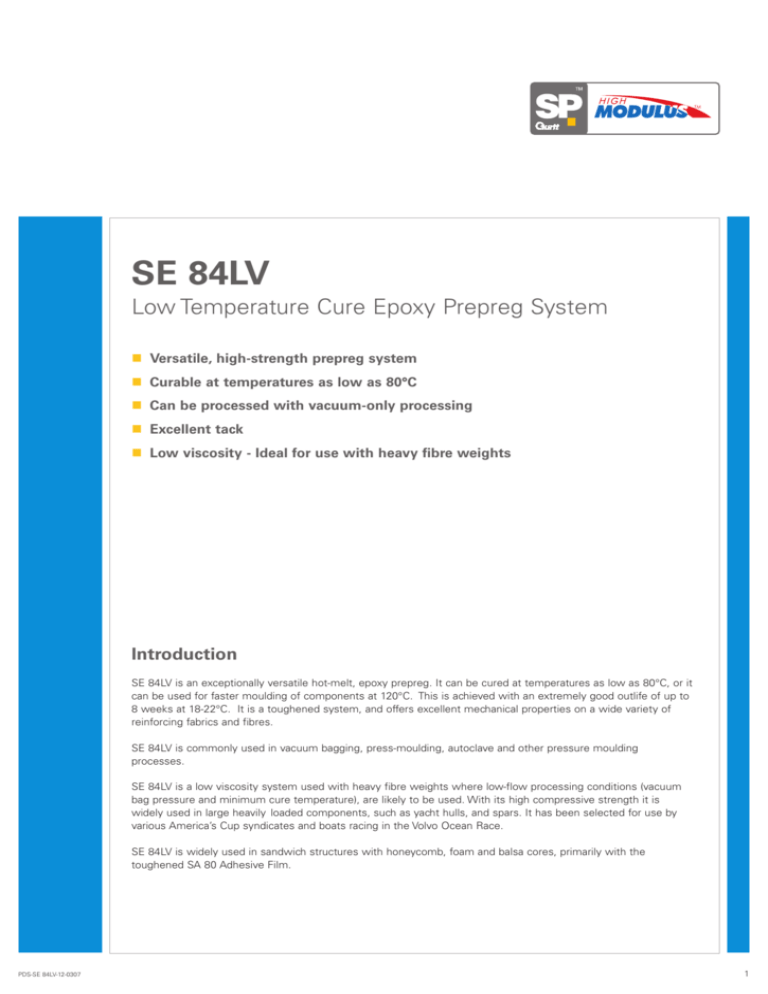
SE 84LV Low Temperature Cure Epoxy Prepreg System n Versatile, high-strength prepreg system n Curable at temperatures as low as 80°C n Can be processed with vacuum-only processing n Excellent tack n Low viscosity - Ideal for use with heavy fibre weights Introduction SE 84LV is an exceptionally versatile hot-melt, epoxy prepreg. It can be cured at temperatures as low as 80°C, or it can be used for faster moulding of components at 120°C. This is achieved with an extremely good outlife of up to 8 weeks at 18-22°C. It is a toughened system, and offers excellent mechanical properties on a wide variety of reinforcing fabrics and fibres. SE 84LV is commonly used in vacuum bagging, press-moulding, autoclave and other pressure moulding processes. SE 84LV is a low viscosity system used with heavy fibre weights where low-flow processing conditions (vacuum bag pressure and minimum cure temperature), are likely to be used. With its high compressive strength it is widely used in large heavily loaded components, such as yacht hulls, and spars. It has been selected for use by various America’s Cup syndicates and boats racing in the Volvo Ocean Race. SE 84LV is widely used in sandwich structures with honeycomb, foam and balsa cores, primarily with the toughened SA 80 Adhesive Film. PDS-SE 84LV-12-0307 1 Processing Notes - General Preparation When preparing the lay up the prepreg should be removed from the freezer and allowed to thaw in a sealed bag. This may take 6 to 24 hours depending on roll size. This prevents atmospheric moisture from condensing on the prepreg which may cause voiding on cure. The mould surface should be release coated and must have been tested for vacuum integrity prior to lay-up. Laying-Up The following procedure is recommended for preparing vacuum cured laminates. 1. Place the lay-up on a tool or caul sheet which has been treated with a release agent or film. Insert a thermocouple into the lay-up near the centre ply of the thickest edge section, outside the net trim line. A separate prepreg nylon peel ply is available for covering a mould tool prior to layup in order to leave a clean, textured surface for subsequent bonding. 2. Apply a peel ply to the surface of the lay-up. Note that for good secondary bonding of a peel-plied surface of an SE 84LV prepreg laminate, a nylon peel ply, such as SP-High Modulus’ Stitch Ply A, is strongly recommended. This is particularly important where the cure temperatures are in excess of 90°C. Cover the peel ply entirely with a perforated release film. Normally, no edge resin bleeder system is used. For thin sections, SP-High Modulus’ WL3600P90 grade release film are recommended, while for sections of 4mm and above, SPHigh Modulus’ WL3600P release film is also suitable. With WL3600P the amount of resin bled away is controlled by the number of dry plies of resin bleeder cloth placed over the perforated release film. 3. Install a vacuum bag by standard techniques. Insert at least two vacuum stems through the bag connecting one to the vacuum source and the other, at a point on the part furthest from the source, to a calibrated vacuum gauge. Position part in the oven or autoclave and draw vacuum to check for bag or system leaks. two stage cure, a minimum of 4 hours at 85°C or 5 hours at 80°C is recommended before debagging a skin, and it must be ensured that this skin is cured for the equivalent of at least 10 hours at 85°C or 12 hours at 80°C before going into service. SE 84LV may be cured at higher temperatures for a shorter time. At a cure temperature of 100°C (212°F) cure can be achieved in 3 hours or at 120°C (250°F) cure can be achieved in 45 minutes. It is not recommended to cure SE 84LV under vacuum pressures of less than 85%. If a ramp rate of less than 0.3°C/min is used, users should satisfy themselves that this allows adequate flow. Vacuum Bag Vacuum Line Breather Perforated Release Film Peel Ply Prepreg Stack Release Coated Mould Curing at 80°C When curing at 80°C it is important to ensure the temperature is monitored off the trailing thermocouple. 80°C should be treated as the minimum cure temperature for SE 84LV; 7075°C will not generate adequate mechanical properties. Thin Laminates When using very thin laminates (eg with a total laminate fibre weight of less than 300 gm2), care needs to be taken to avoid extracting excessive amounts of resin during the cure process. To avoid this, a microporous release film can be used, and for particularly critical components, a prepreg peel ply should be used. 4. Commence the heat-up cycle, typically between 0.3°C/min and 2°C/min to the final cure temperature. At 85°C, the temperature should be held for 10 hours. Faster cures may be obtained at elevated temperatures, e.g. 6 hours @ 90°C, 3 hours @ 100°C, or 3/4 hour @ 120°C. All temperatures measured by the previously installed thermocouple. When curing at 80°C, a minimum of 12 hours is recommended. Vacuum should be maintained as high as possible, with a minimum of 85% throughout the cure cycle. 5. Upon completion of cure, turn off heat and cool until part temperature has fallen below 60°C. When fully cooled, the part may be debagged, trimmed and machined as necessary. A post-cure is not required. Processing Notes - Curing Cure Cycles For a good balance of composite properties, it is recommended that the laminate is cured at 80°C for a minimum of 12 hours. A laminate may be cured in two stages - if, for example, making a cored component. However in a 2 PDS-SE 84LV-12-0307 Core bonding Curing Large Structures Various core materials can be used with the prepreg system, including foams and honeycombs. However, due to the wide variety of PVC and other foams available, and the cure temperatures involved, special procedures have been developed which must be carefully followed. For details of these processes, please contact Technical Services. SP-High Modulus provides detailed processing notes for large structures to be built using SE 84LV / SA 80; these notes are available from the Technical Department on request. When using Nomex™ or aluminium honeycombs, the separate SA 80 adhesive film is recommended and full details of use are provided on the separate SA 80 data sheet. This adhesive film is supplied on a lightweight glass carrier, or in some cases it can be supplied directly coated onto one face of the SE 84LV prepreg. SE 84LV prepregs are available in a wide variety of fabric forms and collimated unidirectional tapes. Unidirectional materials are normally supplied on a single release paper and fabrics on a single polythene film. Please contact Customer Support to discuss specific requirements and availability. Availability The system is fully compatible with Ampreg 20 and Ampreg 26 wet layup epoxy systems and therefore all types of cores may be bonded to a first skin by using a separate ‘wetbonding’ operation. In this case, the addition of filler powders to the appropriate resin system is required to provide the correct paste-like consistency. Properties Uncured Properties Working Properties SE 84LV SE 84LV Out-Life @ 18-22°C 8 wks Minimum Cure Temperature (°C) 80 Storage Life @ -18°C 2 years Min. Cure Time (@ min. cure temp.) (hrs) 12 Hazard Designation Xi Min. Visc. (iso. @ min. cure temp. (P) 70 Min. Viscosity (1°C/min. ramp) (P) 24 Risk Phrases Safety Phrases 36/38, 43, 51/53 24, 26, 28, 37/39, 57, 60 Temp. @ min. Visc. (1°C/min. ramp (°C) 98 Minimum Cure Time @ 90°C (hrs:mins) 6:00 Minimum Cure Time @ 100°C (hrs:mins) 3:00 Minimum Cure Time @ 110°C (hrs:mins) 1:30 Minimum Cure Time @ 120°C (hrs:mins) 0:45 Cured System Physical Properties - SE84LV Cure Tg (°C) Tg DMTA (Peak Tan δ)(°C) 12 hrs @ 80°C 115.1 Tg1 DMTA (°C) 12 hrs @ 80°C 100.4 Tg DMTA (Peak Tan δ)(°C) 3 hrs @ 100°C 128.6 Tg1 DMTA (°C) 3 hrs @ 100°C 115.3 2 hrs @ 90°C + 2 hrs @ 135°C 1.222 Cured Resin Density (g/cm3) Notes: For an explanation of test methods used see ‘SP Prepregs Technical Characteristics’. All figures quoted are indicative of the properties of the product concerned. Some batch to batch variation may occur. PDS-SE 84LV-12-0307 3 Properties (cont’d) Mechanical Properties T700 UD HS Carbon Fibre RC200T RC200T WRE293 SE 84LV SE 84LV SE 84LV SE 84LV 10 hrs / 85°C / 1 Bar 10 hrs / 85°C / 1 Bar 1 hr / 120°C / 6 Bar 1 hr / 120°C / 6 Bar vacuum bag vacuum bag press press Fibre Weight (g/sqm) 300 194 194 275 Prepreg Areal Weight (g/sqm) 476 334 334 474 Prepreg Resin Content (%bw) 37 42 42 42 Tensile Strength (MPa) 2844 760 1074 546 Tensile Modulus (GPa) 129.2 55.9 66.4 25.7 Tensile Laminate Fibre Vol. (%) 59.8 56.6 60.8 53.9 Cured Ply Thickness** (mm) 0.281 0.214 0.199 0.221 Normalised Tensile Strength @ 60% FVF (MPa) 2854 806 1060 608 Normalised Tensile Mod. @ 60% FVF (GPa) 129.7 65.2 65.4 29 Compressive Strength (MPa) 1187 718 767 687 Compressive Laminate Fibre Volume (%) 57.5 56 60.3 54.5 Normalised Compr. Strength @ 60% FVF (MPa) 1239 770 764 756 79 76 70 55 Resin System Cure (time / temperature / pressure) Process ILSS (MPa) Isothermal Viscosity Profile of SE 84LV @ 80°C Viscosity Profile of SE 84LV vs Temperature @ 1°C/min 1400 1400 1200 1000 Viscosity (Poise) Viscosity (Poise) 1200 800 600 400 1000 200 800 600 400 200 0 0 10 20 30 40 50 60 70 80 90 100 110 120 0 50 60 Time (Minutes) 70 80 90 100 110 120 Temperature (¡C) Notes: *C.P.T. is of tensile laminate unless no tensile data is given. For an explanation of test methods used see ‘SP-High Modulus Prepregs Technical Characteristics’. All figures quoted are indicative of the properties of the product concerned. Some batch to batch variation may occur. 4 PDS-SE 84LV-12-0307 Properties (cont’d) Percentage Cure vs Time for SE 84LV @ 80°C Minimum Cure Time vs Temperature for a 2mm SE 84LV Laminate 1000 100 Time (Minutes) Percentage Cure 95 90 85 100 80 10 75 4 6 8 10 12 14 16 80 18 90 100 110 120 Temperature (¡C) Time (Hours) Glass Transition Temperature (DMTA Peak Tan δ) 140 Temperature (¡C) 130 120 110 100 90 0 12 hrs @ 80¡C 3 hrs @ 100¡C Notes: For an explanation of test methods used see ‘SP-High Modulus Prepregs Technical Characteristics’. All figures quoted are indicative of the properties of the product concerned. Some batch to batch variation may occur. Health and Safety Although SE 84LV prepregs have greatly improved health and safety characteristics when compared to wet lay-up epoxy systems, the following points must still be considered:- Washing should be part of routine practice: n before eating or drinking n before smoking n before using the lavatory 1. Avoid skin contact - wear disposable rubber gloves and use skin barrier creams. n after finishing work 2. Avoid eye contact. If this occurs, flush with water for 15 minutes and seek medical advice. SP-High Modulus produces a separate full Materials Safety Data Sheet for this product covering usage, transport, storage and emergencies. Please ensure that you have the correct MSDS’s to hand for the materials you are using before commencing work. 3. Ensure good ventilation of vacuum pump exhaust during laminate cure. 4. Avoid inhalation and eye contact with sanding dust. After any sanding operation of reasonable size a shower or bath should be taken and should include hair washing. 5. Wear overalls or other protective clothing. Thoroughly clean or discard soiled garments. Applicable Risk & Safety Phrases R 36/38, 43 S 2, 24, 26, 37/39, 46 6. Use only resin removing creams/soap and water on exposed skin. Do not use solvents. PDS-SE 84LV-12-0307 5 Transport & Storage When not in use SE 84LV products should be maintained at -18°C. Shelf life for SE 84LV is two years at -18°C. To avoid condensation on their surfaces, allow rolls to reach room temperature before unwrapping. Notice SP-High Modulus is the marine business of Gurit (the company). All advice, instruction or recommendation is given in good faith but the Company only warrants that advice in writing is given with reasonable skill and care. No further duty or responsibility is accepted by the Company. All advice is given subject to the terms and conditions of sale (the Conditions) which are available on request from the Company or may be viewed at the Company’s Website: www.gurit.com/termsandconditions_en.html. The Company strongly recommends that Customers make test panels and conduct appropriate testing of any goods or materials supplied by the Company to ensure that they are suitable for the Customer’s planned application. Such testing should include testing under conditions as close as possible to those to which the final component may be subjected. The Company specifically excludes any warranty of fitness for purpose of the goods other than as set out in writing by the Company. The Company reserves the right to change specifications and prices without notice and Customers should satisfy themselves that information relied on by the Customer is that which is currently published by the Company on its website. Any queries may be addressed to the Technical Services Department. Gurit are continuously reviewing and updating literature. Please ensure that you have the current version, by contacting Gurit Marketing Communications or your sales contact and quoting the revision number in the bottom right-hand corner of this page. UK St Cross Business Park Newport, Isle of Wight United Kingdom PO30 5WU T F E W +44 (0) 1983 828 000 +44 (0) 1983 828 100 marine@gurit.com www.gurit.com Australia Unit 1A / 81 Bassett Street, Mona Vale, 2103 NSW, Australia T F E W +61 (0) 2 9979 7248 +61 (0) 2 9979 6378 sales-au@gurit.com www.gurit.com New Zealand 32 Canaveral Drive, Albany, Private Box 302-191, North Harbour, 0751 Auckland, New Zealand T +64 (0) 9 415 6262 F +64 (0) 9 415 7262 W www.gurit.com Canada 175 rue Péladeau, Magog, (Québec) J1X 5G9, Canada T F E W 6 +1 819 847 2182 +1 819 847 2572 info-na@gurit.com www.gurit.com PDS-SE 84LV-12-0307

